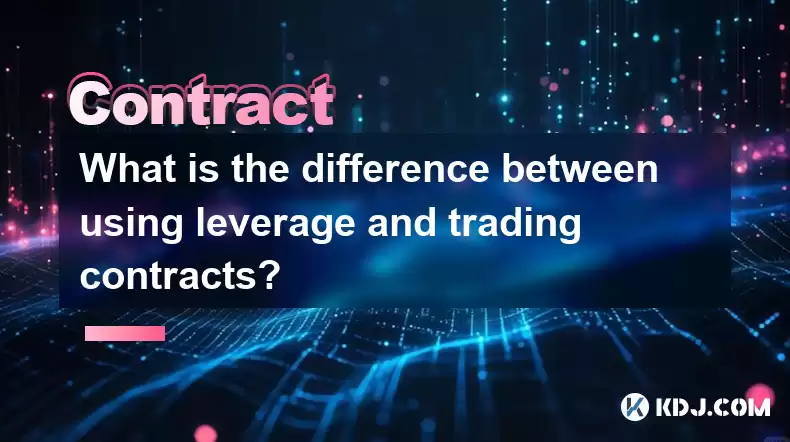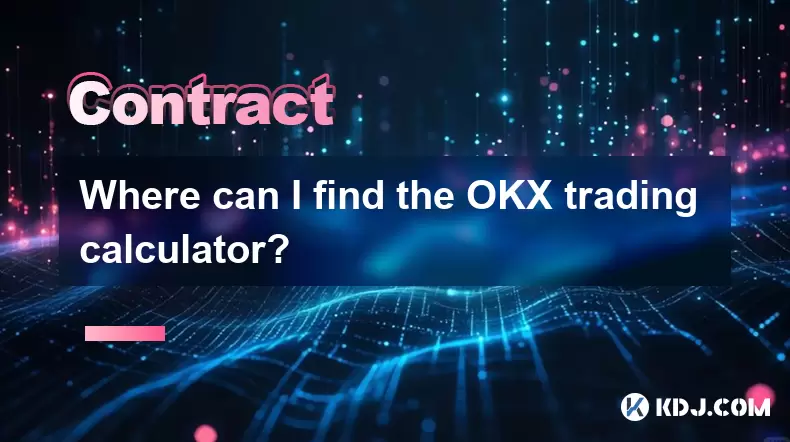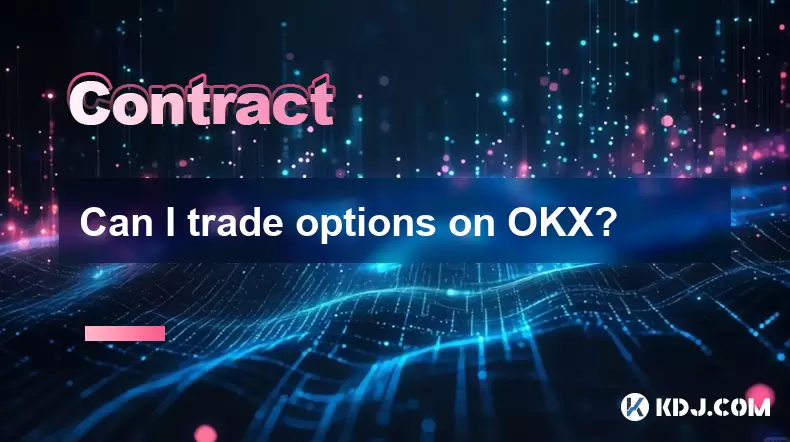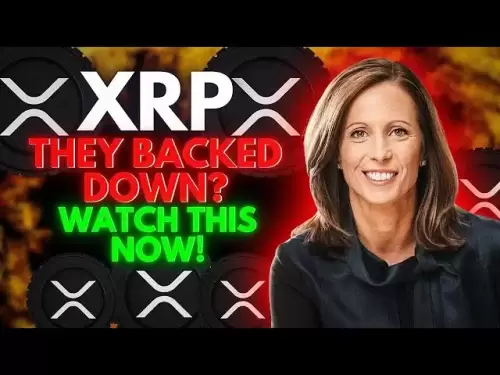-
 Bitcoin
Bitcoin $117500
2.15% -
 Ethereum
Ethereum $3911
6.19% -
 XRP
XRP $3.316
10.79% -
 Tether USDt
Tether USDt $1.000
0.01% -
 BNB
BNB $787.2
2.24% -
 Solana
Solana $175.2
4.15% -
 USDC
USDC $0.9999
0.00% -
 Dogecoin
Dogecoin $0.2225
8.40% -
 TRON
TRON $0.3383
0.28% -
 Cardano
Cardano $0.7868
6.02% -
 Stellar
Stellar $0.4382
9.34% -
 Hyperliquid
Hyperliquid $40.92
7.56% -
 Sui
Sui $3.764
7.63% -
 Chainlink
Chainlink $18.48
10.66% -
 Bitcoin Cash
Bitcoin Cash $582.1
1.88% -
 Hedera
Hedera $0.2601
6.30% -
 Avalanche
Avalanche $23.33
4.94% -
 Ethena USDe
Ethena USDe $1.001
0.02% -
 Litecoin
Litecoin $122.3
2.04% -
 UNUS SED LEO
UNUS SED LEO $8.969
-0.27% -
 Toncoin
Toncoin $3.339
0.86% -
 Shiba Inu
Shiba Inu $0.00001287
4.30% -
 Uniswap
Uniswap $10.43
7.38% -
 Polkadot
Polkadot $3.861
5.08% -
 Dai
Dai $1.000
0.02% -
 Bitget Token
Bitget Token $4.513
3.41% -
 Monero
Monero $267.7
-6.18% -
 Cronos
Cronos $0.1499
4.14% -
 Pepe
Pepe $0.00001110
5.15% -
 Aave
Aave $284.9
8.28%
What is the difference between using leverage and trading contracts?
Leverage in crypto trading boosts exposure via borrowed funds, amplifying profits and risks, while contracts like futures and options allow hedging or speculation on future prices.
Apr 03, 2025 at 05:21 am

Leverage and trading contracts are two common terms in the cryptocurrency trading world, each with distinct features and implications. Leverage allows traders to increase their exposure to a cryptocurrency by borrowing funds from a broker. This can amplify both potential profits and losses. On the other hand, trading contracts, such as futures and options, are agreements to buy or sell an asset at a future date for a predetermined price. These contracts can be used to hedge against price movements or to speculate on future price changes. Understanding the differences between these two methods is crucial for any trader looking to navigate the crypto markets effectively.
What is Leverage?
Leverage in cryptocurrency trading refers to the use of borrowed capital to increase the potential return of an investment. By using leverage, traders can control a larger position than they could with their own capital alone. For example, with a 10x leverage, a trader can control a position worth 10 times their initial investment. This can lead to significant profits if the market moves in the trader's favor. However, it also increases the risk, as losses can exceed the initial investment.
Leverage is typically offered by trading platforms and brokers. The amount of leverage available can vary, with some platforms offering up to 100x leverage. Traders need to be aware of the margin requirements, which is the amount of capital they need to maintain in their account to keep the leveraged position open. If the market moves against the trader, they may face a margin call, requiring them to deposit more funds or close their position.
How Does Leverage Work?
Leverage works by allowing traders to borrow funds to increase their trading position. Here's how it typically works:
- Open a Position: A trader decides to open a position on a cryptocurrency using leverage. For example, they want to buy $1,000 worth of Bitcoin with 10x leverage.
- Borrow Funds: The trading platform lends the trader an additional $9,000, allowing them to control a $10,000 position.
- Market Movement: If the price of Bitcoin increases by 10%, the trader's position would be worth $11,000. After repaying the borrowed $9,000, the trader would have a profit of $1,000, which is a 100% return on their initial $1,000 investment.
- Margin Requirements: The trader must maintain a certain amount of capital in their account to keep the position open. If the price of Bitcoin drops significantly, the trader may receive a margin call and need to deposit more funds or close the position.
What are Trading Contracts?
Trading contracts in the cryptocurrency market include futures and options. These are financial derivatives that derive their value from an underlying asset, such as Bitcoin or Ethereum. Futures contracts are agreements to buy or sell an asset at a future date for a predetermined price. Options contracts give the buyer the right, but not the obligation, to buy or sell an asset at a specified price within a certain time frame.
Futures and options can be used for various purposes. Traders can use them to hedge against price volatility, protecting their portfolio from adverse market movements. They can also be used for speculation, allowing traders to bet on the future price of a cryptocurrency without owning the underlying asset. Trading contracts are typically traded on specialized platforms and exchanges, and they require a good understanding of the market and the specific terms of the contract.
How Do Trading Contracts Work?
Trading contracts work by allowing traders to enter into agreements based on the future price of a cryptocurrency. Here's how they typically work:
- Futures Contracts: A trader enters into a futures contract to buy or sell a cryptocurrency at a future date for a predetermined price. For example, a trader might agree to buy 1 Bitcoin at $50,000 in three months. If the price of Bitcoin rises above $50,000, the trader can buy it at the lower agreed-upon price and profit from the difference.
- Options Contracts: A trader buys an options contract, which gives them the right to buy or sell a cryptocurrency at a specified price within a certain time frame. For example, a trader might buy a call option to buy 1 Bitcoin at $50,000 within the next month. If the price of Bitcoin rises above $50,000, the trader can exercise the option and buy Bitcoin at the lower price.
- Settlement: Futures and options contracts can be settled in cash or by delivering the underlying asset. The terms of the contract will specify the settlement method.
Key Differences Between Leverage and Trading Contracts
There are several key differences between using leverage and trading contracts in cryptocurrency trading:
- Nature of the Instrument: Leverage involves borrowing funds to increase the size of a trading position, while trading contracts are agreements to buy or sell an asset at a future date for a predetermined price.
- Risk and Reward: Leverage can amplify both potential profits and losses, as the trader is exposed to the full market movement of the position. Trading contracts can limit risk, as the trader's potential loss is capped at the amount paid for the contract.
- Purpose: Leverage is typically used to increase exposure to a cryptocurrency and potentially increase profits. Trading contracts can be used for hedging against price movements or for speculation on future price changes.
- Complexity: Leverage is relatively straightforward to understand and use, while trading contracts can be more complex, requiring a good understanding of the terms and conditions of the contract.
Advantages and Disadvantages of Leverage
Using leverage in cryptocurrency trading has both advantages and disadvantages:
Advantages:
- Increased Exposure: Leverage allows traders to control a larger position than they could with their own capital alone, potentially increasing profits.
- Flexibility: Traders can use leverage to take both long and short positions, allowing them to profit from both rising and falling markets.
- Liquidity: Leverage can increase the liquidity of a trader's portfolio, allowing them to take advantage of more trading opportunities.
Disadvantages:
- Increased Risk: Leverage amplifies both potential profits and losses, increasing the risk of significant losses.
- Margin Calls: Traders may face margin calls if the market moves against them, requiring them to deposit more funds or close their position.
- Interest Costs: Borrowing funds to use leverage can incur interest costs, reducing overall profits.
Advantages and Disadvantages of Trading Contracts
Trading contracts in the cryptocurrency market also have their own set of advantages and disadvantages:
Advantages:
- Hedging: Trading contracts can be used to hedge against price volatility, protecting a trader's portfolio from adverse market movements.
- Speculation: Traders can use trading contracts to speculate on the future price of a cryptocurrency without owning the underlying asset.
- Limited Risk: Options contracts can limit a trader's potential loss to the amount paid for the contract, providing a known risk profile.
Disadvantages:
- Complexity: Trading contracts can be complex and require a good understanding of the terms and conditions of the contract.
- Expiration: Futures and options contracts have expiration dates, and if the market does not move as expected, the trader may lose the entire amount paid for the contract.
- Liquidity: Some trading contracts may have lower liquidity than the underlying asset, making it harder to enter and exit positions.
Choosing Between Leverage and Trading Contracts
Choosing between leverage and trading contracts depends on a trader's goals, risk tolerance, and market outlook. Here are some factors to consider:
- Risk Tolerance: Traders with a higher risk tolerance may prefer using leverage, as it can offer higher potential returns but also higher potential losses. Traders with a lower risk tolerance may prefer trading contracts, as they can limit potential losses.
- Market Outlook: If a trader has a strong view on the future price of a cryptocurrency, they may prefer using trading contracts to speculate on that view. If a trader wants to increase their exposure to a cryptocurrency without a specific view on its future price, they may prefer using leverage.
- Trading Strategy: Traders using a hedging strategy may prefer trading contracts, as they can protect their portfolio from adverse market movements. Traders using a speculative strategy may prefer using leverage to increase their potential profits.
Common Questions About Leverage and Trading Contracts
Q: What is the main difference between using leverage and trading contracts?
A: The main difference is that leverage involves borrowing funds to increase the size of a trading position, while trading contracts are agreements to buy or sell an asset at a future date for a predetermined price. Leverage amplifies both potential profits and losses, while trading contracts can limit risk.
Q: Can I use both leverage and trading contracts in my trading strategy?
A: Yes, many traders use both leverage and trading contracts as part of their overall trading strategy. Leverage can be used to increase exposure to a cryptocurrency, while trading contracts can be used for hedging or speculation.
Q: What are the risks of using leverage in cryptocurrency trading?
A: The main risks of using leverage include increased potential losses, margin calls, and interest costs. If the market moves against a leveraged position, the trader may lose more than their initial investment.
Q: How can trading contracts be used for hedging in the cryptocurrency market?
A: Trading contracts, such as futures and options, can be used to hedge against price volatility in the cryptocurrency market. For example, a trader holding Bitcoin can buy a put option to protect against a potential price drop, limiting their potential loss.
Q: What should I consider when choosing between leverage and trading contracts?
A: When choosing between leverage and trading contracts, consider your risk tolerance, market outlook, and trading strategy. Leverage can offer higher potential returns but also higher potential losses, while trading contracts can limit risk and be used for hedging or speculation.
Disclaimer:info@kdj.com
The information provided is not trading advice. kdj.com does not assume any responsibility for any investments made based on the information provided in this article. Cryptocurrencies are highly volatile and it is highly recommended that you invest with caution after thorough research!
If you believe that the content used on this website infringes your copyright, please contact us immediately (info@kdj.com) and we will delete it promptly.
- Stablecoins, Hong Kong, and On-Chain Finance: Navigating the Regulatory Maze
- 2025-08-08 12:30:12
- Tron's Sell-Off Spurs Altcoin Shift: What's Next for TRX?
- 2025-08-08 08:30:12
- Euler, DeFi, and Coinbase: A New York Minute on the Latest Buzz
- 2025-08-08 12:30:12
- RUVI Presale: Is the Growth Potential Real?
- 2025-08-08 09:10:12
- Sleep Token's US Takeover: Thornhill Rides the 'Even In Arcadia' Wave
- 2025-08-08 08:30:12
- FTT Token's Wild Ride: Creditor Repayments vs. Market Drop - A New Yorker's Take
- 2025-08-08 07:10:12
Related knowledge

What is the distinction between mark price and last price on KuCoin?
Aug 08,2025 at 01:58pm
Understanding the Basics of Price in Cryptocurrency TradingIn cryptocurrency exchanges like KuCoin, two key price indicators frequently appear on trad...

What are the specific maker and taker fees on KuCoin Futures?
Aug 08,2025 at 08:28am
Understanding Maker and Taker Fees on KuCoin FuturesWhen trading on KuCoin Futures, users encounter two primary types of fees: maker fees and taker fe...

What is the maximum leverage available on KuCoin Futures?
Aug 08,2025 at 10:21am
Understanding Leverage in KuCoin Futures TradingLeverage in KuCoin Futures allows traders to control a larger position size using a smaller amount of ...

What is the minimum deposit for OKX contracts?
Aug 08,2025 at 07:00am
Understanding OKX Contract Trading BasicsOKX is one of the leading cryptocurrency derivatives exchanges, offering a wide range of perpetual and future...

Where can I find the OKX trading calculator?
Aug 08,2025 at 07:49am
Understanding the OKX Trading Calculator FunctionalityThe OKX trading calculator is a powerful analytical tool designed to assist traders in estimatin...

Can I trade options on OKX?
Aug 08,2025 at 11:01am
Understanding Options Trading on OKXYes, you can trade options on OKX. OKX is one of the leading cryptocurrency derivatives exchanges that offers a de...

What is the distinction between mark price and last price on KuCoin?
Aug 08,2025 at 01:58pm
Understanding the Basics of Price in Cryptocurrency TradingIn cryptocurrency exchanges like KuCoin, two key price indicators frequently appear on trad...

What are the specific maker and taker fees on KuCoin Futures?
Aug 08,2025 at 08:28am
Understanding Maker and Taker Fees on KuCoin FuturesWhen trading on KuCoin Futures, users encounter two primary types of fees: maker fees and taker fe...

What is the maximum leverage available on KuCoin Futures?
Aug 08,2025 at 10:21am
Understanding Leverage in KuCoin Futures TradingLeverage in KuCoin Futures allows traders to control a larger position size using a smaller amount of ...

What is the minimum deposit for OKX contracts?
Aug 08,2025 at 07:00am
Understanding OKX Contract Trading BasicsOKX is one of the leading cryptocurrency derivatives exchanges, offering a wide range of perpetual and future...

Where can I find the OKX trading calculator?
Aug 08,2025 at 07:49am
Understanding the OKX Trading Calculator FunctionalityThe OKX trading calculator is a powerful analytical tool designed to assist traders in estimatin...

Can I trade options on OKX?
Aug 08,2025 at 11:01am
Understanding Options Trading on OKXYes, you can trade options on OKX. OKX is one of the leading cryptocurrency derivatives exchanges that offers a de...
See all articles

























































































